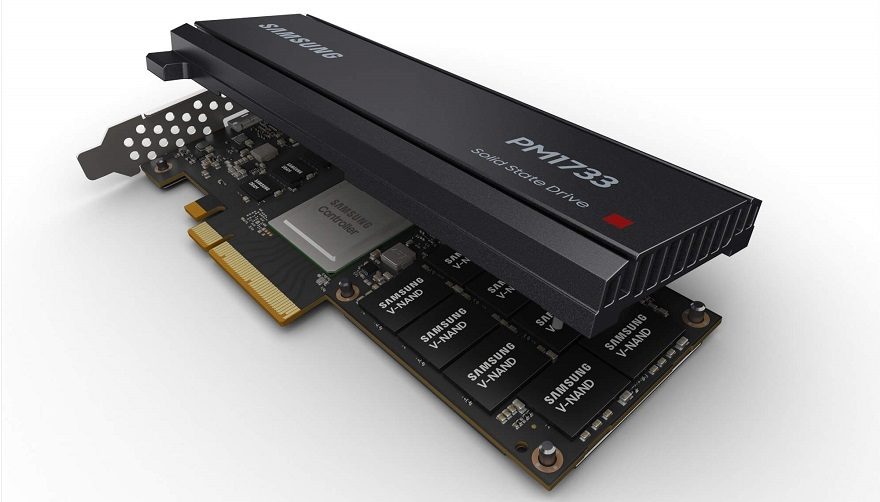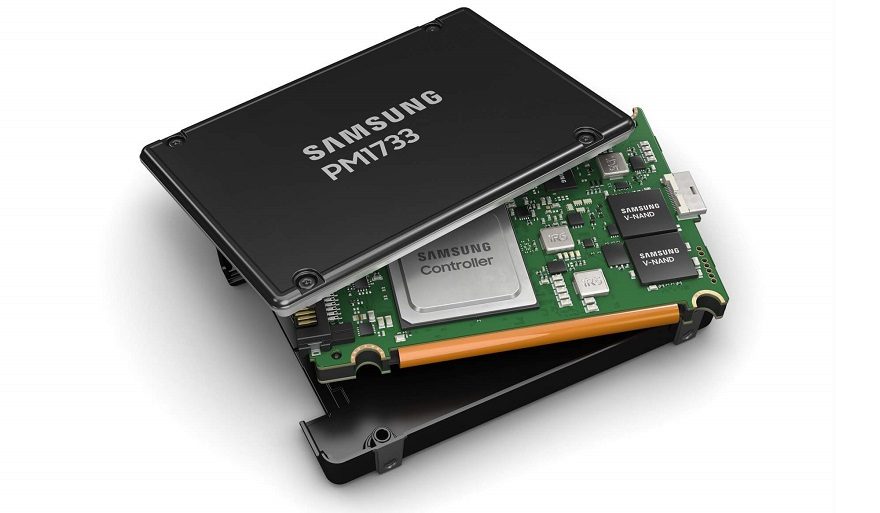Samsung Says Their Latest PCIe 4.0 SSDs ‘Can’t Die’
Mike Sanders / 5 years ago

One of the pleasant perks of the recent release of the AMD Ryzen 3000 processors (and their respective motherboards) was the launch of the PCIe 4.0 interface. Offering blisteringly faster speeds (compared to the prior technology) we have seen a number of manufacturers rushing to produce solid state drive products that can really look to take advantage of this. of these, Samsung is undoubtedly one of the biggest names.
The chances are that if you have a solid state drive (be it a M.2 or SATA) it’s probably a Samsung. I have 3 of them and can confirm that two are, indeed, Samsung products.
In a report via TechSpot, however, their latest releases (that utilize PCIe 4.0 technology) has a rather interesting feature. Put simply, Samsung is claiming that the drives can ‘never die’.

Samsung Say Their Latest PCIe 4.0 SSD’s ‘Can’t Die’
Samsung’s latest release, the PM1733 and PM1735 series, come in 19 different models and are primarily aimed towards the server market. With 6,400/3,800 read/write speeds, they clearly pack some amazingly fast transfer speeds. Speeds that, incidentally, go towards 8,000 in the card form of the drives.
The most impressive claim, however, is that Samsung has said that its practically impossible for these drives to ever die.

How Is This Possible?
Solid state drives (as a whole) are, of course, a lot more durable than standard hard drives. Largely thanks to the small matter of them having (loosely speaking) no moving parts. These new drives, however, look to take that a huge step further.
With their ‘fail-in-place’ (FIP) software, the drive will automatically detect any faulty NAND chips. From there, it will transfer the data to another part of the drive and effectively ‘black-list’ those sectors on a chip-level!
This, in theory, would mean that these solid state drives could never be placed in a situation where data was inaccessible. If that wasn’t enough, then they also feature technology that can effectively allow one drive to be ‘partitioned’ into 64 separate drives. These are clearly on the bleeding edge of SSD technology and, quite frankly, we’re very impressed!
As above, however, for the moment it may take a while before this technology transitions down to a consumer ‘price-friendly’ level.
What do you think? – Let us know in the comments!



















